Can Miracle-Gro Burn Plants? What You Need To Know
-
Pete Ortiz
- Last updated:
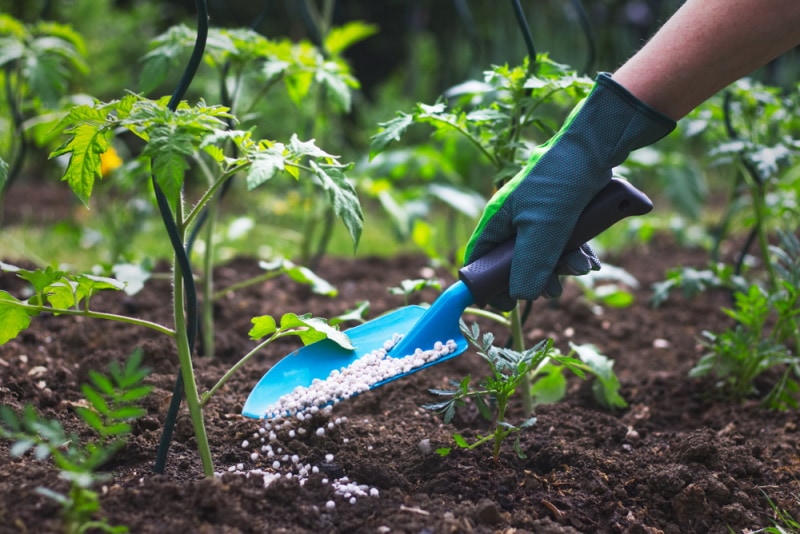
Living up to its name, Miracle-Gro is the preferred secret weapon for many gardeners vying for bigger, bolder, and better plants. But learning from their mistakes, those same gardeners will likely warn you against using too much of a good thing.
Like many fertilizers, Miracle-Gro can burn your plants when you overuse it, putting you on a tedious path to recovery if your plants even survive. We’ll help you avoid unnecessary work and heartbreaking damage by discussing why Miracle-Gro burns plants and how easy it is to prevent.
Can Miracle-Gro Burn Plants?
Yellowing, browning, and scorched leaves can occur for several reasons. Inadequate watering, excessive sunlight, and dry air will cause issues, particularly for plants with strappy leaves. Long-leafed plants have to move nutrients and water through a lengthy system, and any deficiencies will affect the points at the ends of the plant.
When the temperature, light, and water are well under control, over-fertilizing with Miracle-Gro can still burn your plants.
Miracle-Gro products contain various natural and synthetic chemicals to improve soil quality, prevent disease, and promote nutrient uptake and cellular respiration. Plants grow faster, taller, and healthier.
Depending on the type of plant, you will need to supply a particular ratio of nitrogen, phosphorus, and potassium. An all-purpose fertilizer in the vegetable and flower garden may have a 12-4-8 composition, indicating 12% nitrogen, 4% phosphorus, and 8% potassium. Using the wrong ratio or too much fertilizer can upset the soil balance and cause fertilizer burn.
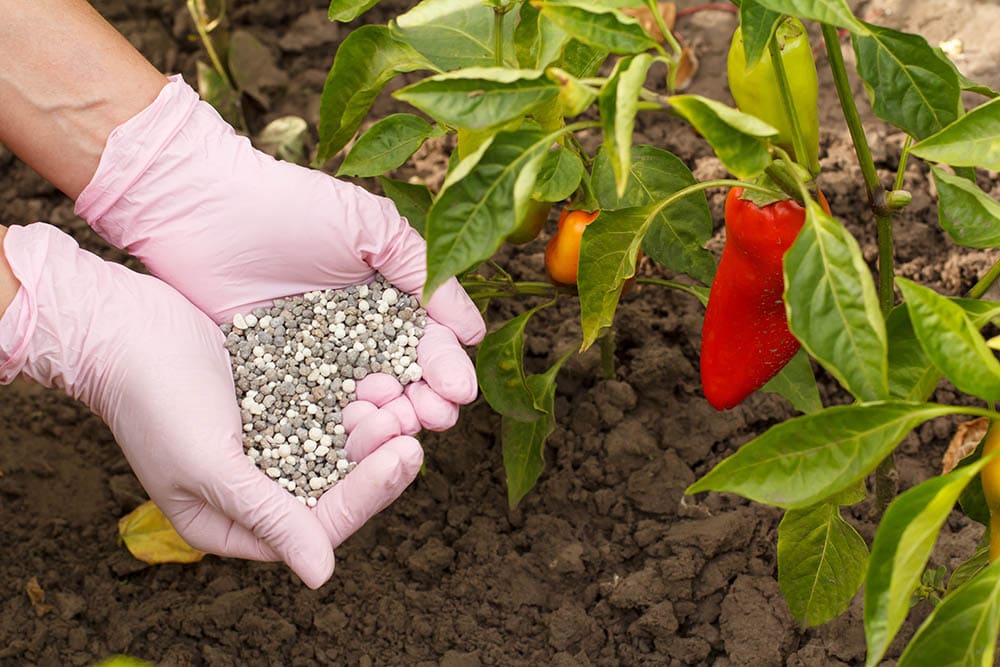
A common cause of burning from Miracle-Gro is the urea and ammonia content. The chemicals are potent sources of nitrogen, which supplies the vital energy for plants to produce chlorophyll, photosynthesize, and grow. Unfortunately, they also have a high salt index.
When you add too much Miracle-Gro rich in substances like ammonium nitrate, urea, or ammonium sulfate, the salts draw water away from your plants’ roots. Without the necessary water supply, your plants will dry out and develop yellow and brown edges along their leaves. If you don’t correct the problem, they’ll eventually die.
Miracle-Gro Products
Miracle-Gro’s expanding product line offers varying ratios and fertilizer strengths to suit the tastes of different flowers, vegetables, grasses, trees, and shrubs. Some of their popular products and their respective compositions include:
- All-Purpose Plant Food: 24-8-16
- Rose Plant Food: 18-24-16
- Tomato Plant Food: 18-18-21
- Flowering Trees & Shrubs Plant Food: 18-6-12
- Lawn Food: 36-0-6
- Flower Booster: 15-30-15
- Rose & Bloom: 10-18-9
With their careful blend of chemical boosters, Miracle-Gro products guarantee your satisfaction or your money back, giving you 6 months to follow up for a refund. Most Miracle-Gro plant foods require dilution with water and application every 1–2 weeks, though some products, such as their Shake n’ Feed fertilizers, may only require re-applications once every few months.
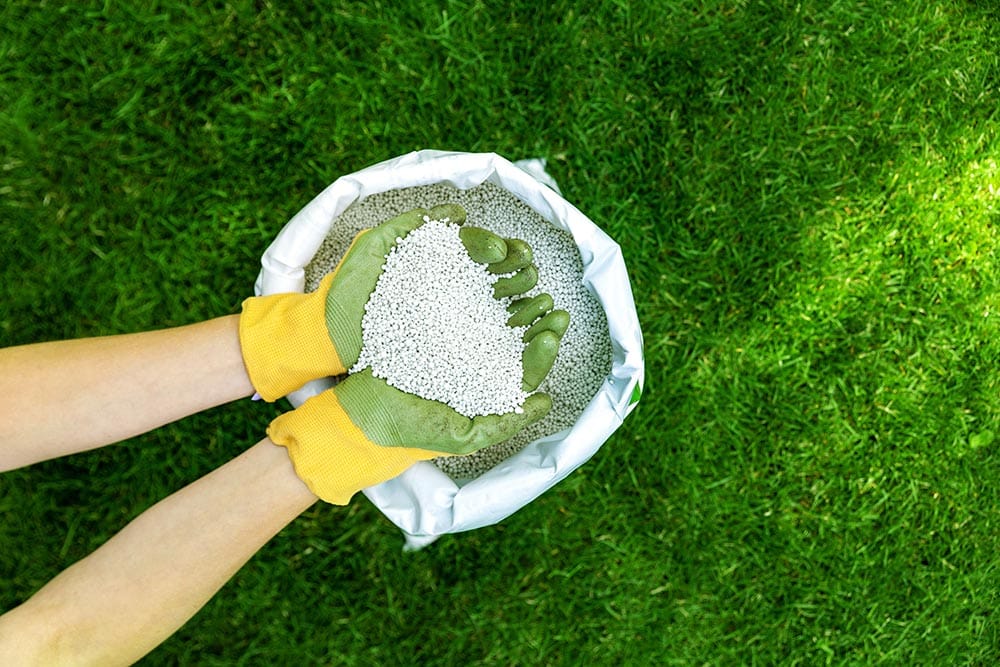
Avoid Burning Plants with Miracle-Gro
Although they aren’t organic, Miracle-Gro products are effective at helping you grow larger plants at a faster rate. The product labels clearly detail how much fertilizer to apply, when to use it, and the appropriate dilution levels. With correct use, Miracle-Gro won’t burn your plants. Still, more variables are involved in producing healthy plants than your ability to follow directions.
Accurate measurements of the area to cover and the fertilizer/water ratio will impact the results, as miscalculations can easily lead to over-fertilizing. Assessing your plant’s health will also play a key role, as extra nitrogen from fertilizer can further harm an already stressed plant.
While an overabundance of nutrients can damage your plants, deficiencies will also cause substantial growth problems, including burning. A lack of potassium, for example, will limit water movement and evaporation in leaves and cause eventual scorching. In many cases, a soil test is the most straightforward method for determining how to amend your soil.
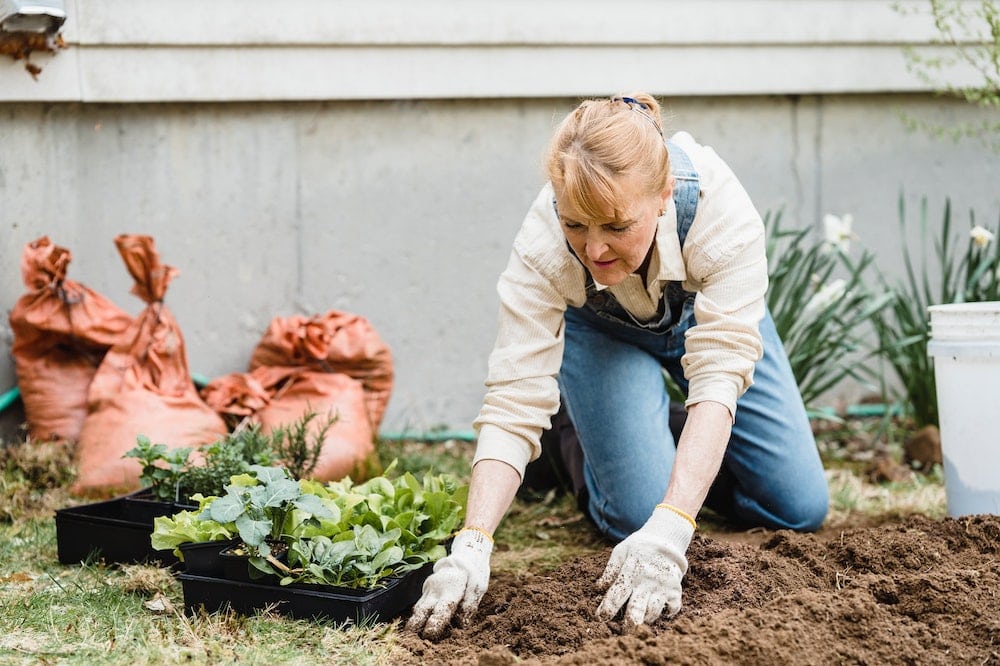
How to Recover from Too Much Miracle-Gro
Even with careful planning, you may accidentally add too much Miracle-Gro to your soil. Fixing the mistake isn’t challenging, as long as you haven’t been overfertilizing to the point of killing your plants. It’s a simple matter of removing the excess fertilizer and changing your habits.
1. Check for Dying and Discolored Plants
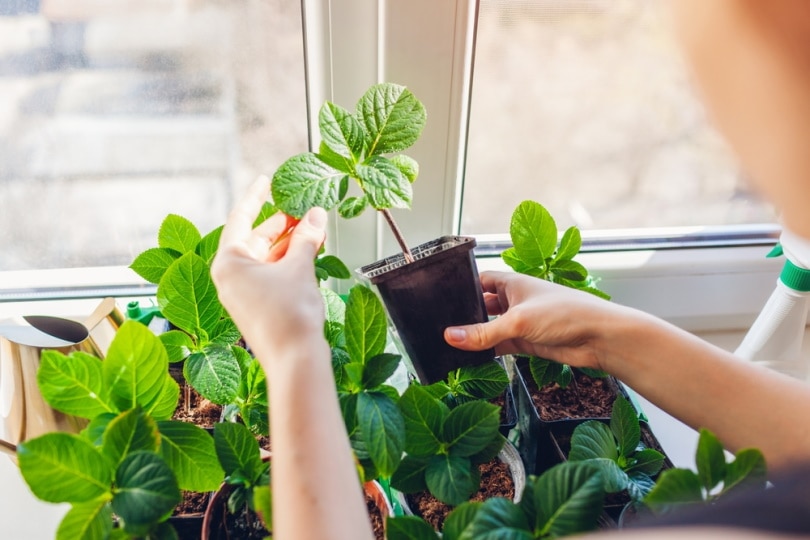
Overfertilization will become apparent in many ways, including burnt leaves. Roots can also burn, taking on a dark brown or black color as they die. Growth will slow, and lower leaves will begin yellowing and wilting. You may notice a white fertilizer crust develop on the top layer of soil.
2. Dig the Miracle-Gro Out of the Soil
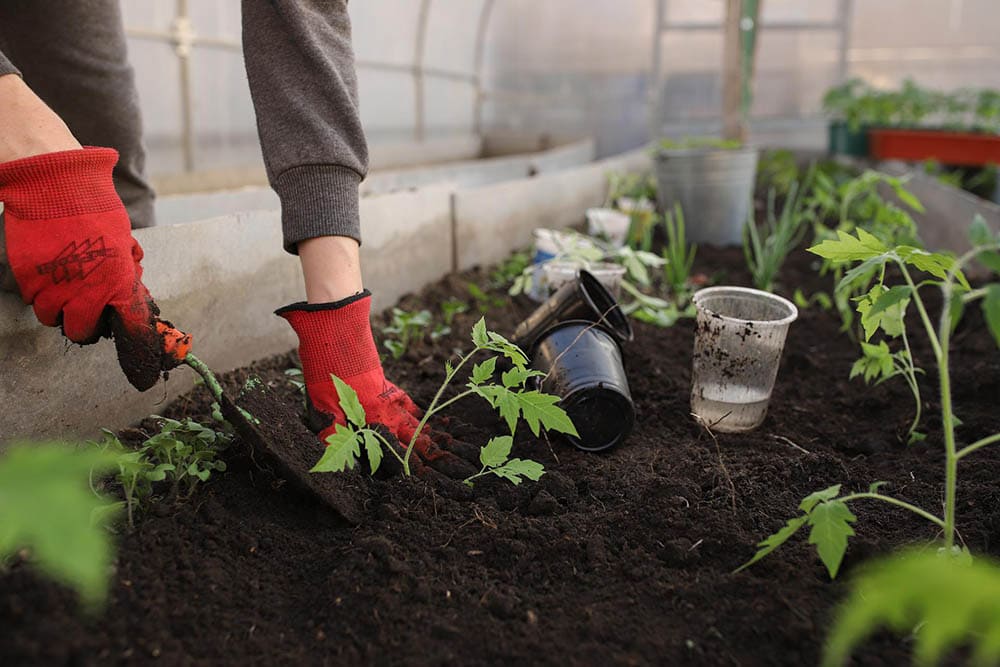
Dig out as much Miracle-Gro from the top of the soil as possible with a trowel, being careful to avoid hitting the roots. You should remove roughly a quarter-inch of soil, focusing primarily on removing all of the crust.
3. Leach the Soil

Whether you over-fertilize plants in the garden or houseplants in pots, the essential concept behind fixing the issue is the same. Leaching involves watering your plants to drain the excess fertilizer and stabilize the soil.
Water your plants thoroughly and let the soil drain. Empty the water from the dishes underneath the pots, and repeat the process 2–3 times. Be patient with larger, slower-draining containers, as you don’t want to flood the roots.
You will also need to leach a burned lawn or garden plants, using your hose to continuously drip and soak the ground, letting it saturate and drain at an even pace. Reseeding may be necessary to revive dead patches of grass after flushing the soil.
4. Removing Dead Leaves
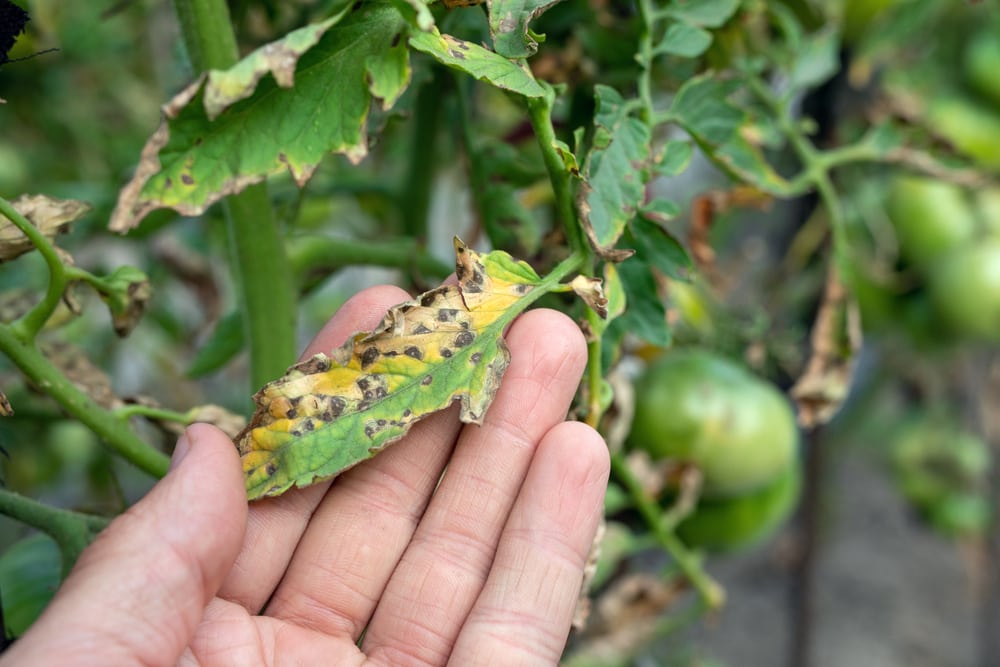
Trimming away the damaged leaves on your plant will help it redirect its efforts toward healthy growth. If the plant is almost dead, try to salvage it via healthy cuttings and propagation.
5. Give Your Plants a Break
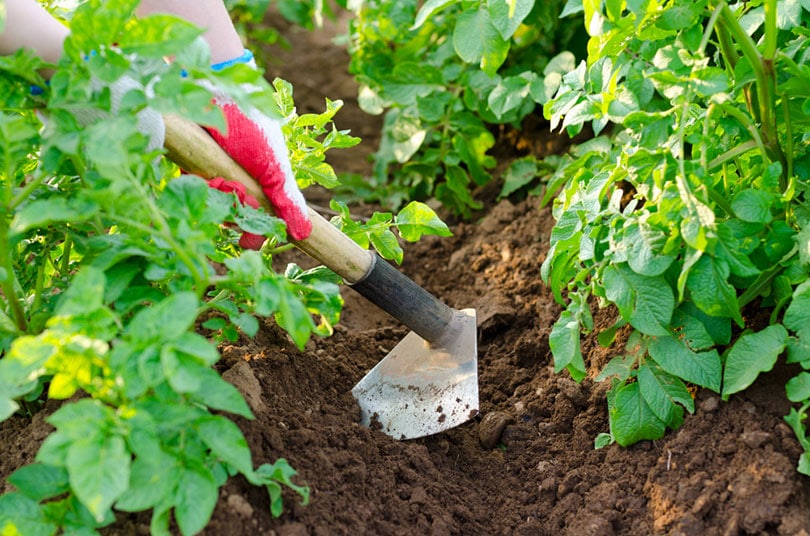
Your plant has been through a lot, so don’t overstimulate it with any more Miracle-Gro. Stop fertilizing for at least one month, and adjust the light exposure as needed. Over-fertilized plants are more susceptible to burning from other sources, such as excessive sunlight. Reducing the intensity will give your plant the gentle care it needs to heal.
Conclusion
Miracle-Gro isn’t for everybody, but there’s no denying that it can grow bigger, stronger plants. And while they have a reputation for burning plants, the power is in your hands to prevent it. Miracle-Gro products give you the resources for success. Simply research your plant’s needs, follow the product directions, and enjoy the results!
Featured Image Credit: encierro, Shutterstock
Contents



